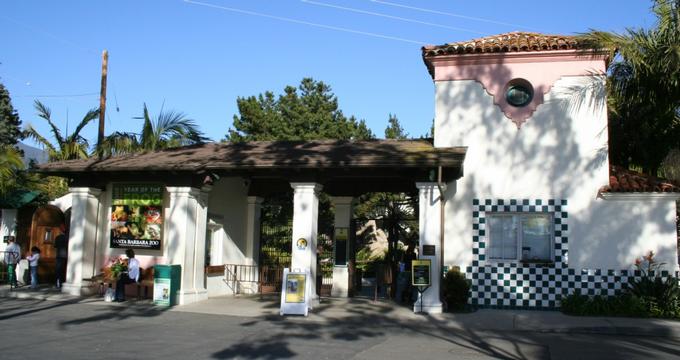"Santa Barbara Zoo is located next to the Andree Bird Refuge and just blocks from the Pacific Ocean, offering a perfect spot to experience over 500 animals in natural habitats. "
I Feel This is Great For:
- Families: With over 500 animals and various activities, the zoo is ideal for family-friendly outings.
- Animal Lovers: Learn about endangered species and conservation efforts while observing a variety of animals, including African lions, snow leopards, and Asian elephants.
- Nature Enthusiasts: Explore the beautiful zoo grounds, complete with stunning ocean views and proximity to the Andree Clark Bird Refuge.
- Event Planners: Host unforgettable weddings, corporate events, or family gatherings amidst the zoo’s lush gardens and animal exhibits.
Highlights
- African Lions: Watch Chadwick, Gingerbread, Kadi, and Neema enjoy their pool and ice cubes made from meat juice.
- Condor Conservation: See California Condors, a success story in conservation, now numbering over 400 after being on the brink of extinction.
- Asian Elephants: Meet Little Mac and Sujatha, both over 40 years old, and enjoy their love for swimming and eating fruits and pumpkins.
- Snow Leopards: Visit Everett and Zoe, the snow leopards, and learn about their adaptation to warmer climates.
- Humboldt Penguins: Discover these uniquely spotted penguins that thrive in Southern California's climate.
- Masai Giraffes: Meet Michael, Audrey, Betty Lou, and others, and watch them eat up to 50 pounds of food each day.
- Slender-tailed Meerkats: Observe the mob of meerkats, including the matriarch, Damara, as they dig tunnels and forage for food.
- Animal Encounters: Get up close with a variety of animals through the zoo’s special experiences like giraffe feeding and behind-the-scenes tours.
Visitor Tips
- Visit the Animal Kitchen to see how food is prepared for the zoo’s over 500 animals.
- Plan your visit around the zoo’s live stage shows like Dino Docs and California Tales for added fun.
- Don’t miss the zoo train, which offers a fun ride around the zoo grounds for both kids and adults.
- Make a reservation to feed the giraffes or take part in behind-the-scenes experiences for a unique zoo encounter.
Local Vibe
The Santa Barbara Zoo offers a fun and educational experience for visitors of all ages. Its stunning location, next to the Andree Clark Bird Refuge and just a short walk from the beach, adds to the zoo’s appeal.
Location
Address: 500 Niños Drive, Santa Barbara, CA 93103
Phone: 805-962-5339
Website
Plan Your Trip


